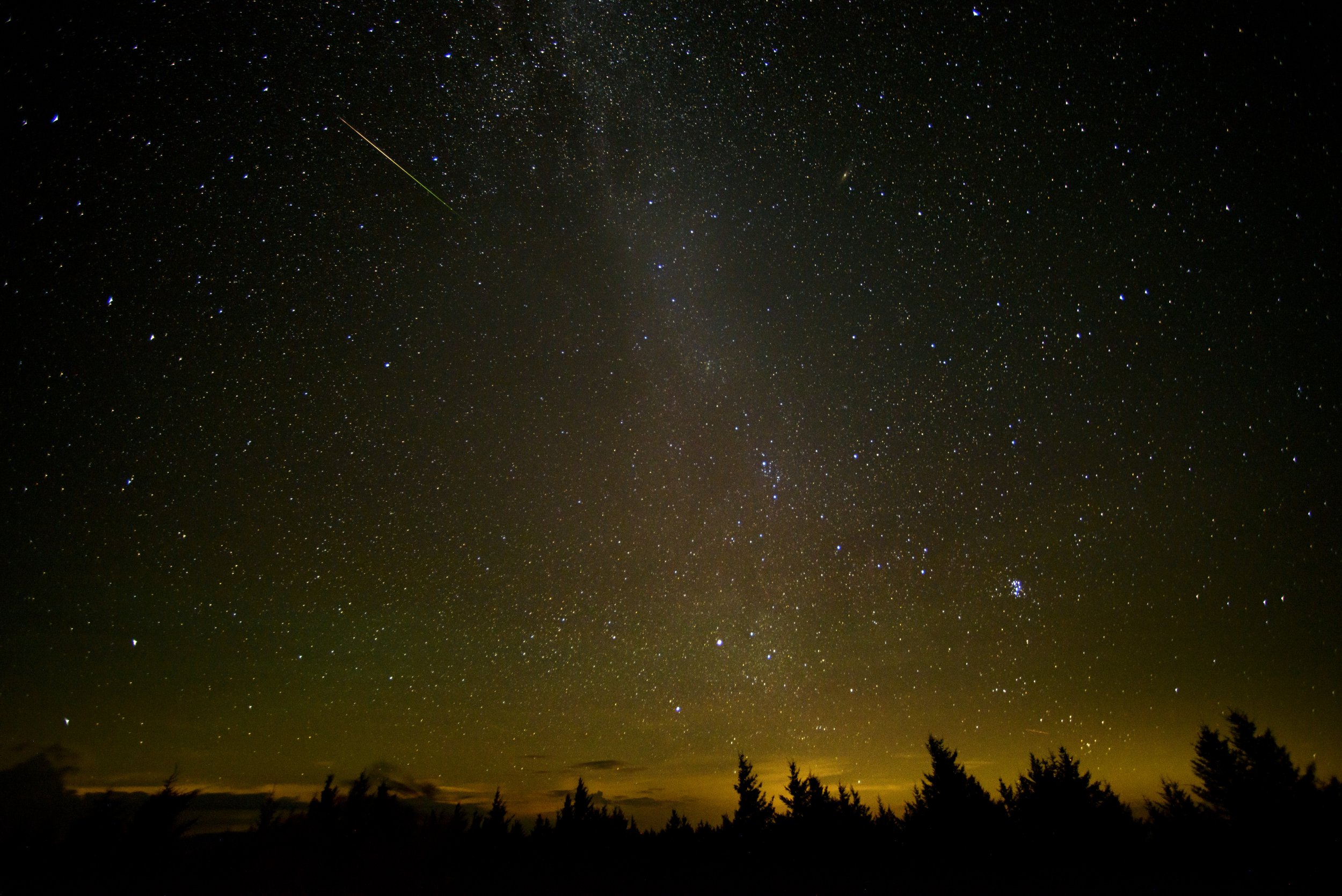
A series of experiments show the organic molecules necessary to start life on Earth could have been created on a piece of rock plummeting through the freezing vacuum of space. These results from a team of Canadian scientists bring us one step closer to understanding where we ultimately came from.
Although we can pinpoint when life on Earth began—about 3.8 billion years ago—figuring out where it came from is another story. The idea that life, or the building blocks needed to create it, have extraterrestrial origins is popular theory, but it has one major caveat: life has never actually been found to exist anywhere else but Earth. One reason for this may be that conditions in space and beyond are too harsh to create the building blocks needed to facilitate life, but this new research suggests that may not be completely correct.
Related: Scientists Propose New Theory For How Life On Earth Began
For their study, scientists at the University of Sherbrooke in Canada created a space-like environment here on Earth. This consisted of thin sheets of methane and oxygen-containing ice, similar to what you might find on an intergalactic comet, asteroid or even a moon, The Independent reported. These ice sheets were then shot at with high-energy radiation to mimic the multiple forms of radiation that ice is subjected to in space. Lastly, this was all conducted in a vacuum to mirror the freezing vacuum of space.
Blasting the ice with radiation beams produced a number of secondary electrons called low-energy electrons (LEEs). The researchers were particularly interested to see how the LEEs interacted with the space ice, as the role of secondary electrons in space environments has not been heavily studied, Phys reported.
Related: How Did Life Start? Meteorites Crashing Into Darwin's Warm Little Ponds May Have Been Trigger
Results, now published online in the Journal of Chemical Physics, showed that when the ice was exposed to LEEs, a chemical reaction occurred which spurred the formation of a number of small organic molecules. Films of ice made from frozen methane produced propylene, ethane and acetylene, while films of ice made from a mix of both methane and oxygen produced ethanol when hit with LEEs.
Based on these results, the study concluded that it is possible that certain organic molecules, the building blocks of life on Earth, could have formed through chemical reactions as a result of ice exposed to space radiation. Panspermia is the theory that life on Earth originated somewhere else in space before landing here on an asteroid or some other type of celestial rock, and this study helps to support the possibility of this theory. However, whether or not it actually happened, well that's something only someone who was around billions of years ago can answer.
Uncommon Knowledge
Newsweek is committed to challenging conventional wisdom and finding connections in the search for common ground.
Newsweek is committed to challenging conventional wisdom and finding connections in the search for common ground.
About the writer
To read how Newsweek uses AI as a newsroom tool, Click here.








